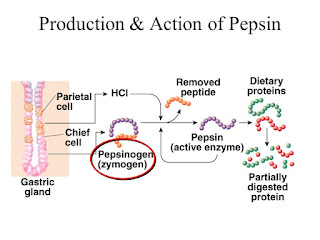EAS: Electrophilic Aromatic Substitution
Aromatic compounds are widely used in organic chemistry. To master the chemistry of aromatic compounds, we have to know EAS and NAS, which stands for Nucleophilic Aromatic Substitution and Electrophilic Aromatic Substitution respectively. Aromatic compounds are hydrocarbons contain a benzene (which has an aromatic ring).
Let's have an overview of the steps of reaction happening in an EAS.
Here is the general two-step mechanism:
Let's have an overview of the steps of reaction happening in an EAS.
- Electrophilic attack the ring (resonance stabilized)
- Base abstract proton
Here is the general two-step mechanism:
 |
| EAS |
The intermediate is a resonance-stabilized carbocation called sigma complex (arenium ion) and it is not aromatic anymore. The first step is highly endothermic because of the loss of aromaticity (aromatic compound is more stable).
Here are the resonance forms:
 |
| sigma complex |
After going through the general mechanism, we will then discuss the specific EAS reactions in the following order:
- Halogenation (Bromination & Chlorination)
- Sulfonation
- Nitration
- Friedel-Crafts (Acylation & Alkylation)



Comments
Post a Comment